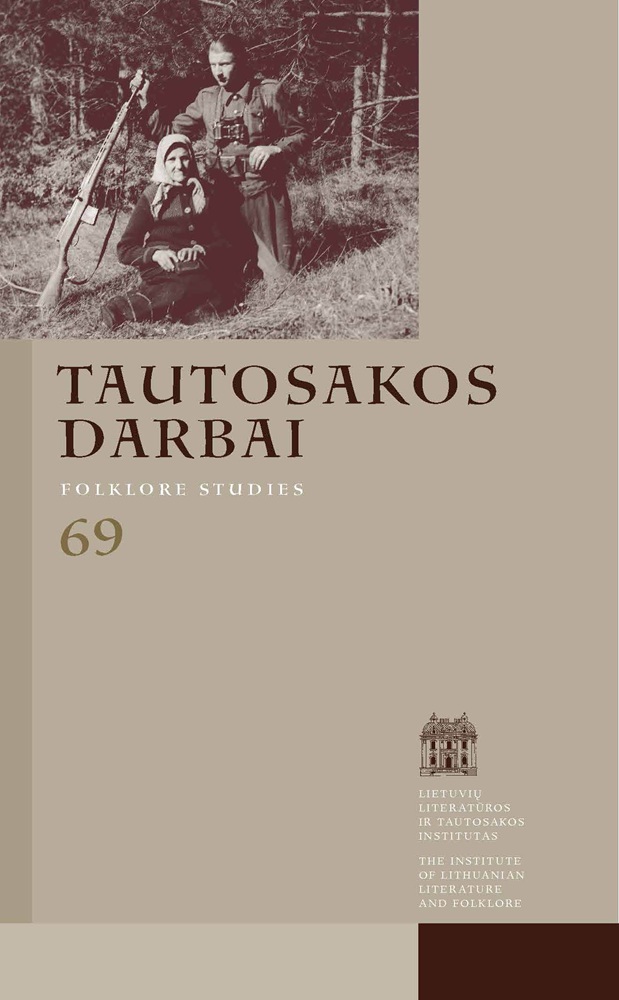Modern Situational Sayings by Children and Young People
Abstract
An important incentive for the emergence and existence of situational sayings is the eternal human desire to make fun, to surprise, to express themselves more suggestively, and when angry, to respond more or less rudely. This article presents and analyzes situational sayings existing among Lithuanian children and young people at the beginning of the 21st century. Having outlined their main features characteristic of the analyzed age group, the author demonstrates how these features are reflected in several currently popular thematic groups of the situational sayings.
Young people employ traditional sayings known to several generations, but often create new ones as well. The impetus for the emergence of new sayings is given by various relevant everyday phenomena and objects, as well as excellent use of the opportunities provided by the native language – consonances, puns, and diversity of word meanings. Situational sayings, like the entire modern children’s and youth folklore, are characterized by comicality, absurdity and obscenity. The use of the situational sayings highlights their playful function. However, witty sayings not only enliven speech – some situational expressions (for example, those used when greeting, thanking, or arguing) also partially perform a didactic function, introducing the rules of etiquette and correct behavior to the children.

This work is licensed under a Creative Commons Attribution 4.0 International License.
Downloads
Most read articles by the same author(s)
- Laima Anglickienė, Harvest of the Decade: The Long-Awaited Third Volume of Proverbs , Tautosakos darbai: Vol. 58 (2019)
- Laima Anglickienė, Searching for One’s Own and Other in the Society and Science , Tautosakos darbai: Vol. 49 (2015)
